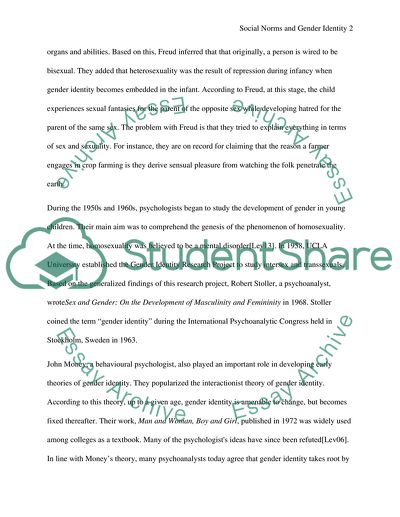Cite this document
(“The Fashioned Body Essay Example | Topics and Well Written Essays - 3000 words”, n.d.)
The Fashioned Body Essay Example | Topics and Well Written Essays - 3000 words. Retrieved from https://studentshare.org/gender-sexual-studies/1665958-the-fashioned-body
The Fashioned Body Essay Example | Topics and Well Written Essays - 3000 words. Retrieved from https://studentshare.org/gender-sexual-studies/1665958-the-fashioned-body
(The Fashioned Body Essay Example | Topics and Well Written Essays - 3000 Words)
The Fashioned Body Essay Example | Topics and Well Written Essays - 3000 Words. https://studentshare.org/gender-sexual-studies/1665958-the-fashioned-body.
The Fashioned Body Essay Example | Topics and Well Written Essays - 3000 Words. https://studentshare.org/gender-sexual-studies/1665958-the-fashioned-body.
“The Fashioned Body Essay Example | Topics and Well Written Essays - 3000 Words”, n.d. https://studentshare.org/gender-sexual-studies/1665958-the-fashioned-body.


